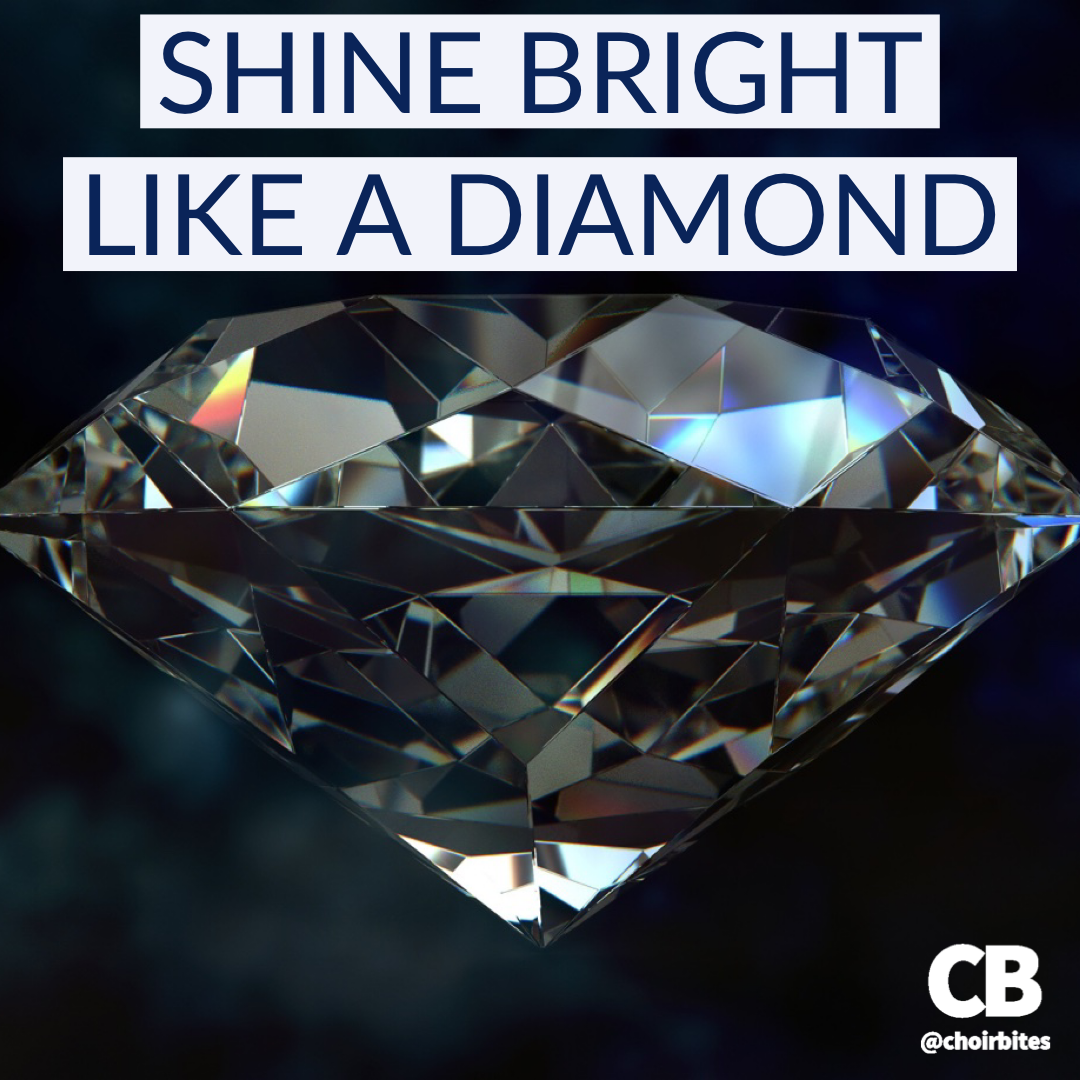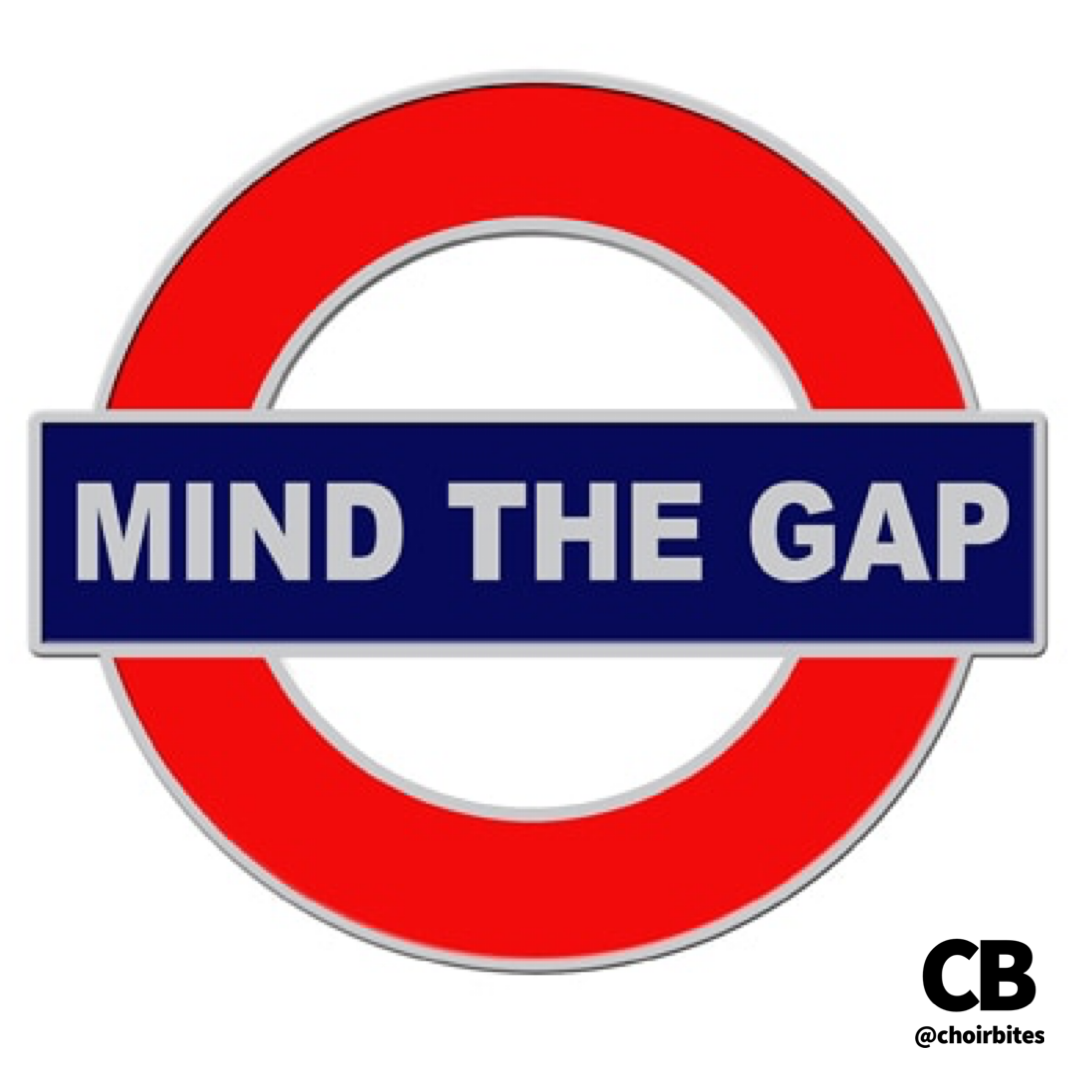Shine Bright Like a Diamond
Diamonds are valuable, cherished items... sometimes. Sometimes they are relatively inexpensive utility tools, like in the case of record needles and grinding wheels. Valuable diamonds, the kind that inspire TV commercials backed by orchestras, are priced based off of what are known as the “4 C’s.”
COLOR - is the diamond white, off-white, yellow, blue?
CUT - is the diamond cut well to maximize light refraction and to maximize sparkle?
CLARITY - is the diamond clear or cloudy? Does it have defects?
CARATS - how large is the diamond?
I was recently rehearsing Michael McGlynn’s “Dulaman” with my Men’s Chorus. The piece is in three parts and relies heavily on a brilliant, ringing sound to exploit a combination of major seconds and open fourths/fifths. I told them I wanted their sound to “shine bright like a diamond” (hat tip to Sia/Rhianna). What are the “4 C’s” when it comes to choral singing?
COLOR - What tone color is appropriate to the music? Is it the rich classical tone befitting Brahms or the brassy sound of Broadway? Is it a crystalline tone appropriate to Renaissance or the powerful tone of gospel?
CUT - I think of “cut” as how well the singers do with rhythmic integrity. Not only in terms of note/rest values, but the cleanliness of attacks and releases.
CLARITY - Clarity refers to vowel purity and matching, as well as tuning (overall tuning as well as maximizing fine-tuning to make chords ring and sparkle)
CARATS - Dynamics - how much tone is there? Big diamonds and little diamonds can be equal in quality save for their size, and singing should be the same way. Piano and forte sounds should be equally well-produced, just different volumes.
By paying attention to the 4 C’s, we can help our singers “shine bright like a diamond!”





